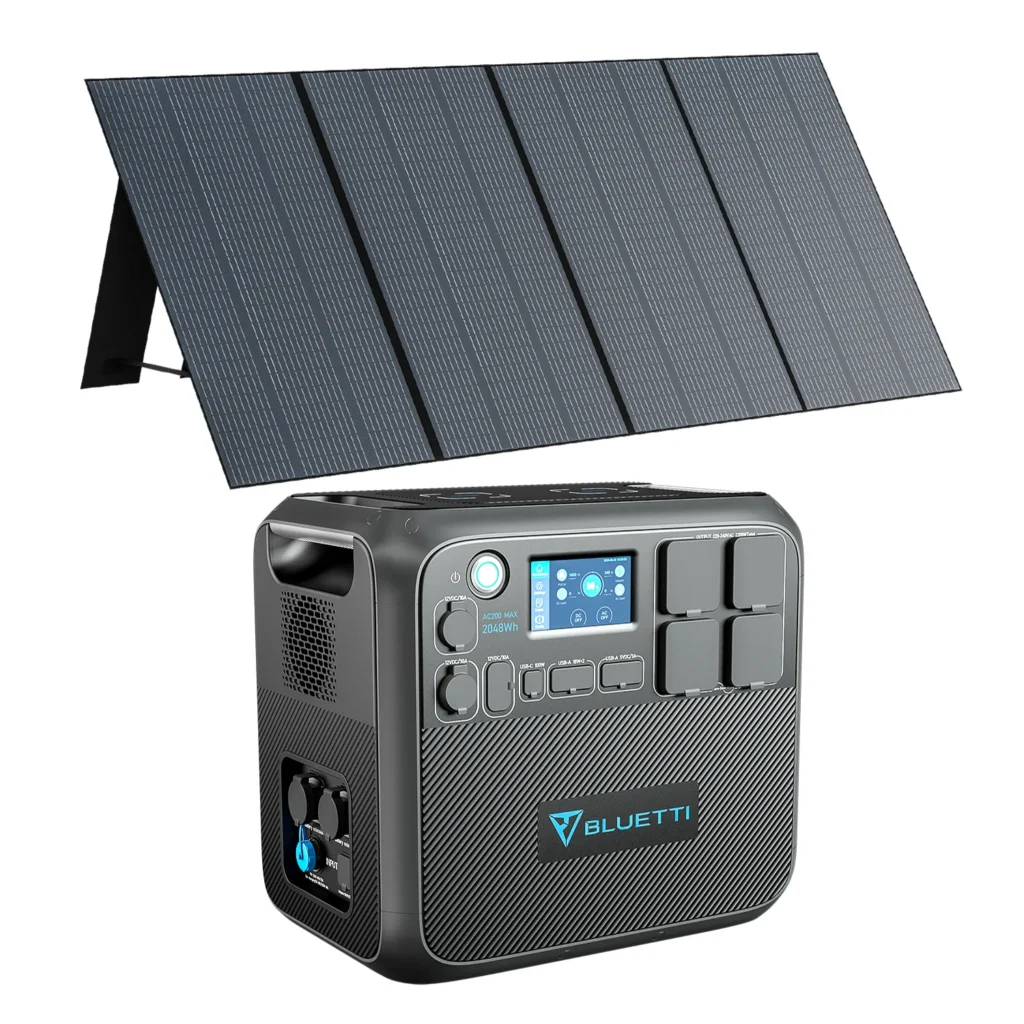It may be the consequences of inflation, armed conflicts in Europe and the ever-increasing tension gripping world geopolitics, but in the last 24 months, the cost of raw materials has soared. One of the sharpest increases has been in electricity, and we all realised this when we received our bills to pay. For this reason, too, many people began to look with more interest at energy storage solutions, such as the power station, a device for storing electricity and storing energy from alternative sources. Sensing the need, some manufacturers have focused on developing models with different weights, sizes and technical characteristics in order to broaden the market and satisfy different consumer needs.
At the last IFA, for example, wandering around the exhibition halls, I noticed many options in plain sight on the stands of small and large companies. However, the power station is not a new device. Still, for a long time, it has been confined to a few enthusiasts, united mainly by their enjoyment of camping and outdoor activities, which obviously require a lot of power. From a functional point of view, power stations can be compared in some ways to large power banks, as they can store even more than 1000 Wh of energy, but at the same time also provide more than 3 kW of power to energy-hungry appliances such as refrigerators and washing machines.
What a power station looks like
Although there is no standard size and model, most power stations have five elements in common. The first is the display, which is useful for monitoring both output and input and for knowing the battery level. Then, at least one 230 V AC socket, referred to as the Shuko socket, is compatible with almost all household appliances and other electronic devices. There is also a cigarette lighter socket that allows you to plug in a USB charger and other devices that can get power when they are running low.
The power stations also have a USB-A port and at least one USB-C port, with the former used to charge earphones, headphones and other 12V devices, while up to 100W can be supplied with the latter to power laptops, tablets and smartphones. Only in the more complete models are less common elements found, such as a wireless charging pad, DC sockets and integrated torches.
What to consider before purchase
Two of the most important parameters to think about before buying a power station are its weight and the amount of energy it can store. The choice depends on how much you intend to use the device and its requirements, as well as the budget available, but it is important to think carefully to avoid opting for a lightweight model with limited storage capacity. However, do not make the mistake of focusing on how much energy you could count or aiming for a small model to reduce the expense and bulk because the risk is to end up with limited performance. If you foresee medium to heavy use of the power station, I advise looking less at the price and more at the capabilities so that you do not regret your purchase.




From a general point of view, the most popular are the portable power stations, which are smaller, lighter and cheaper. But they are also quicker to recharge, as they usually take between 3 and 5 hours. It goes without saying that larger models take longer, although in some cases, one can take advantage of charging stations for electric cars, which are useful for reducing the charging time. A trend in vogue is to combine the purchase of a power station with one or more solar panels to charge the device. Depending on the sun, however, the timing in this case is unpredictable, as it depends on weather conditions.
Two effective solutions
There are many opportunities to buy a power station, even at discounted prices. I recommend two: a mid-range solution and a high-profile one. The first is the River 2 Pro from EcoFlow, which has a capacity of 768 Wh, three 800W Shuko sockets and recharges to 100% in just 70 minutes via the power supply that is included in the package. It integrates displays and eleven sockets, including four USB ports, weighs 7.8 kg and can be charged and discharged more than 3000 times (equivalent to about 10 years of use if used daily). On sale with a five-year warranty, it costs €799.
The Chinese Bluetti signs the second model, called AC200Max. As the name suggests, it is a complete solution, with a capacity of 2048 Wh, and it is expandable because the device can be installed with three other equal power stations. Equipped with four 230V and one 12V socket, it also counts on four AC sockets, a USB-C port, and a screen to monitor the device’s status. It comes with a 4-year warranty and costs €1,499. If cost is not an insurmountable obstacle, you will have all the power you need.



